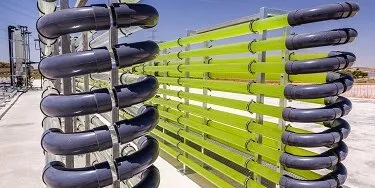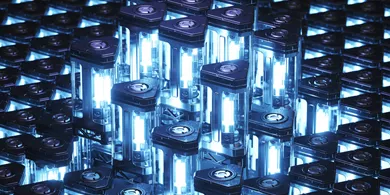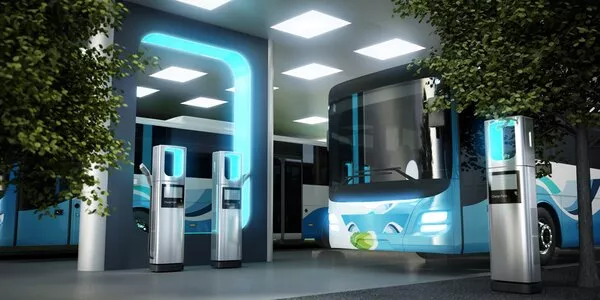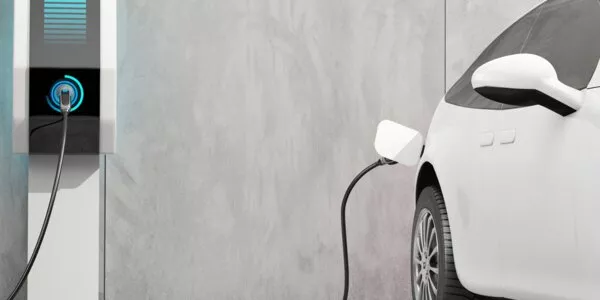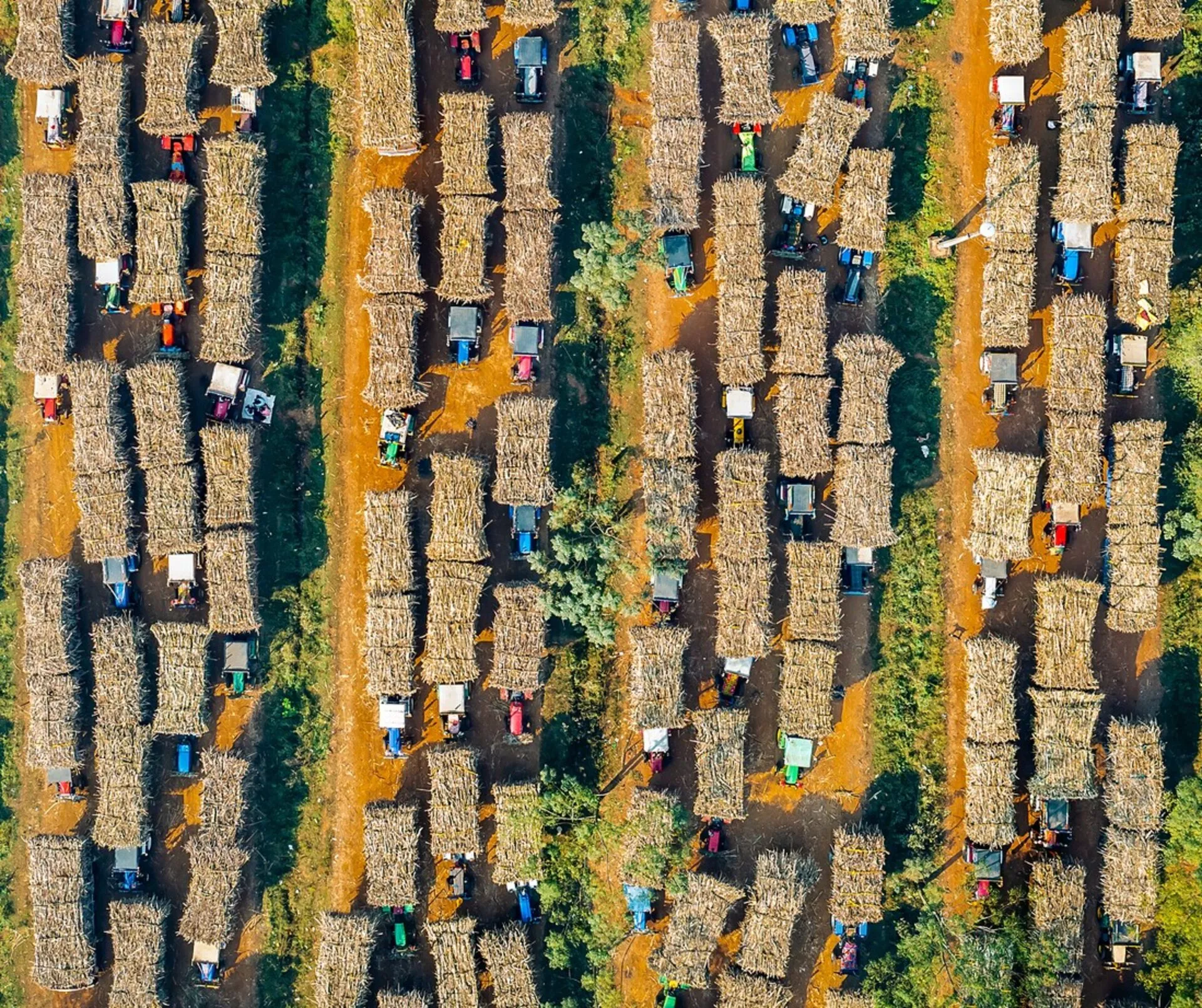
What Does Sugarcane Have To Do With Renewable Energy?
Sugarcane is the largest crop in the world by production quantity, totaling nearly 2 billion tons every year and accounting for most of the sugar produced globally.
A byproduct of this sugar harvest is massive piles of bagasse, which is the residual plant fiber that is left behind after extracting the sugary juice from the sugarcane plant.
Until relatively recently, the bagasse was simply discarded. Not anymore.
Now, bagasse, because of its highly fibrous quality, is commonly used to produce a range of products, including paper and sustainable packaging. It’s also used in pellet form as a biofuel for the production of energy.
Conveniently, bagasse bio-pellets are often used as a fuel source for the sugar mills themselves, replacing the dirtier coal or natural gas that would otherwise fuel the factories. Beyond the mills, though, through a process called cogeneration, bagasse pellets can be used as a secondary fuel to provide energy for consumer electrical grids.
In Louisiana, which produced more than 17 million tons of cane and 2 million tons of raw sugar in 2022, among the most in the nation, the construction of a new bagasse fuel production facility has just broken ground.
The facility, located in Louisiana’s coastal Iberia Parish, will be the first of its kind in North America to manufacture biomass fuel pellets on a commercial scale, with the ability to produce 340,000 metric tons of biomass fuel pellets annually.
Bagasse pellets are easy to use and store and can be used in a range of industrial applications including as fuel to supply energy for power stations, paper mills, and fertilizer factories. They can also be used at home for hot water boilers, cooking stoves and so on, to replace firewood, coal, fuel oil, and liquefied petroleum gas.
Delta Biofuel, the company behind the $100 million project, helped clinch the financing for the project with a package of grants and tax incentives from the state of Louisiana because of the facility’s capacity to produce and export a new source of renewable fuel that will help the state in its transition to cleaner energy. The project is also expected to create 275 jobs, a significant plus for the region.
Societe Generale, which is recognized worldwide for its expertise in energy advisory and project finance, acted as the sole Mandated Lead Arranger and Bookrunner for the debt financing for the facility.
“Supporting the financing for this project was an attractive opportunity for Societe Generale for a number of reasons,” said Ahmed Maqsood, Director from the Energy+ Group at Societe Generale Americas. “Delta Biofuel’s contractual structure that consists of long-term supply agreements with sugar mills, and offtake contracts with European utility companies, combined with its experienced management and investor team, offers a robust credit profile for investors and lenders. Furthermore, structuring a financing template that can be replicated to further the environmental benefits offered by bagasse pellets is in line with Societe Generale’s overall global ambition to be leading player in the global decarbonization and energy transition efforts.”
What makes bagasse so environmentally attractive as a renewable energy source? The carbon dioxide emissions from burning the bagasse in a sugarcane plant is less than the amount of carbon absorbed from the atmosphere when the sugarcane is grown, which can make the process carbon-neutral, or better.
And converting the sugarcane waste into pellets avoids the production of methane gas emissions had the waste been left to rot. Bagasse pellets also present a much-improved electricity production compared with traditional coal thermal assets (approx. 4.0x cleaner than fossil-fuel driven production). Lastly, bagasse pellets offer a stronger greenhouse gas reduction profile versus other biomass fuels such as wood pellets used in power generation.
So, the once discarded waste from the sugarcane plant is now helping to remedy a big climate problem for the sugar industry and make a sizeable contribution to the state of Louisiana’s transition to cleaner industry.
